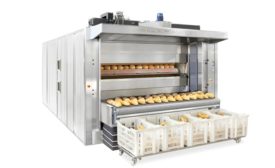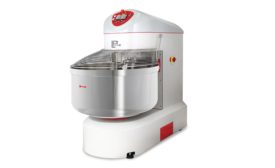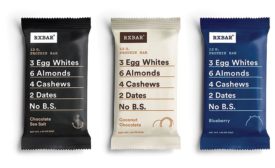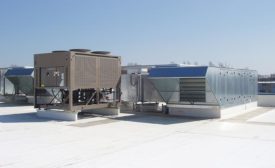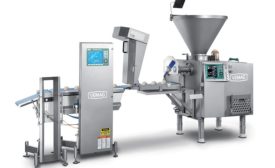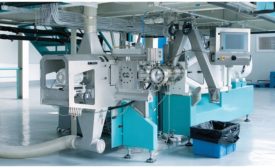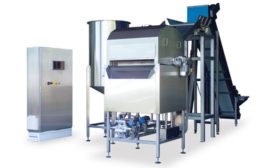ARTICLES
Baked snack producers and bakery companies search for improved ovens and proofers.
Read More
Water management systems a key element in snack, bakery success
Efficient delivery and use of water, management and treatment of wastewater among goals
August 15, 2018
New dough mixers bring operational benefits to snack and bakery facilities
Mixer updates improve upon speed, durability, food safety, easy CIP and more
August 13, 2018
State of the Industry 2018: Snack mixes, nuts provide natural, tasty options
Shoppers are drawn to plant-based protein, clean labels and, increasingly, bolder flavors
July 20, 2018
State of the Industry 2018: Breakfast focuses on flavor, health, convenience
Manufacturers experiment with new flavors, ingredients and portion sizes to catch consumer interest in the morning
June 13, 2018
State of the Industry 2018: Snack bars focus on nutrition
Manufacturers profit from marrying overall appeal with healthier ingredients in the bar category
June 12, 2018
Snack and bakery facilities revamp ventilation systems to address common issues
Snack and bakery operators need right air-handling equipment design to keep production environments safe.
May 21, 2018
New dough-handling equipment brings versatility to snack producers and bakeries
New and updated dough-handling equipment brings improvements to safety, sanitation, automation and versatility.
May 16, 2018
New extrusion equipment offers better hygiene, speed and flexibility
Hygienic design, quicker changeovers and reduced maintenance time are top benefits with new equipment
April 12, 2018
Expanding equipment options for fried snacks
Equipment suppliers are delivering better oil performance, efficiency and more with new and updated fryers.
March 19, 2018
Keep the info flowing with our eNewsletters!
Get the latest industry updates tailored your way.
JOIN TODAY!Copyright ©2024. All Rights Reserved BNP Media.
Design, CMS, Hosting & Web Development :: ePublishing
